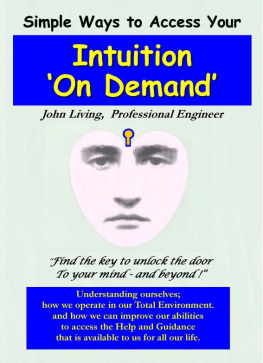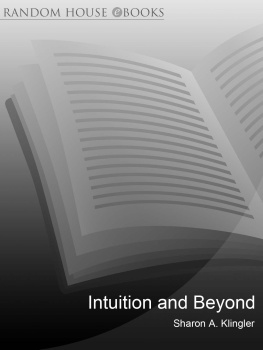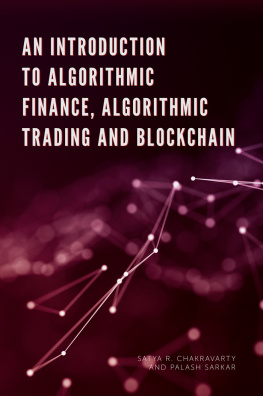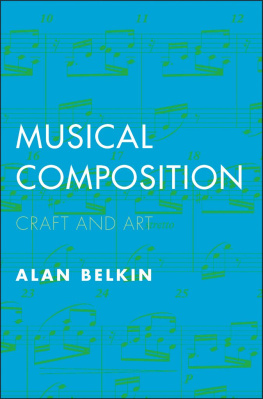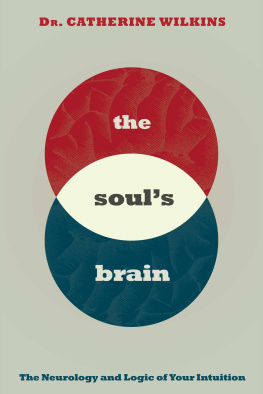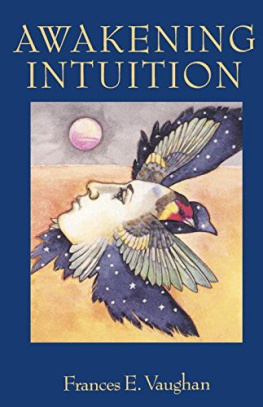Give a sequence of six numbers by choosing randomly from 1, 2 or 3!Most people would respond to this task with number sequences such as the following: 1 2 3 2 3 1, 2 3 2 1 3 1, 3 3 2 1 1 3, 1 2 1 1 3 2, 1 3 1 2 2 3. The character of the sequences given would not be essentially different if the task were slightly varied in sequence length or quantity of numbers to choose from.
One may now ask whether there are any commonalities to such sequences, and whether there are any latent rules at work during their forming, rules as yet unknown. In approaching an answer to this question, one might transfer the task to a computer program. Within the sequences produced by the program there will occasionally be ones such as 1 1 1 1 3 1 or 1 3 1 3 1 3, or ones like 2 2 2 2 2 2 or 1 2 3 1 2 3. Such will however only appear exceptionally in the sequences generated by humans. Notions (in themselves formally correct or incorrect) and strategies (used intentionally, or, in other cases, automatically or unconsciously) for a random selection differ between individuals.
Hypothetically, and in order to gain some insight into the structure of those humanly generated sequences, the following rule of thumb can be applied to the making of such sequences: When forming a sequence, strive to use all numbers, and seek to avoid obvious patterns. A next step would aim at a formally correct representation of this rule, in turn followed by implementing a software capable of producing such sequences. A user evaluation could then deliver clues as to the adequacy of the hypothesis that the structure of the human generated sequences can be approximated by the formalised rule of thumb.
Such and similar were the thoughts thattransferred to the domain of musicled me to initiate a project in which some aspects of composition are viewed from a different perspective by means of algorithmic composition. I envisaged a kind of musical analysis that begins with the composers structural ideas and, by way of a dialogical process, makes the ideas visible on a more objectifiable plane.
The present book is a result of a three year research project ( Patterns of Intuition , funded by the Austrian Science Fund (FWF), project number: AR-79), in which my colleagues Daniel Mayer, Hanns Holger Rutz and myself stood in a creative dialogue with numerous composers, seeking to trace important facets of their respective individual compositional approaches. In all this, the composers themselves chose a point of departure, where upon we focused on researching a specific aspect or compositional principle, proceeding thereafter in a dialogical manner with the artists. Generally, the procedure was thus:
Presentation of a compositional principle. Formalisation of the approach and implementation in the form of a computer program. Computer generation of musical material. Evaluation of the results by the composer. Modification of the strategy of formalisation with respect to the identified objections. Entry into new and further cycles of generation and evaluation until correlation between the computer generated results and the composers aesthetic preferences is sufficiently high, or the limits of formalisation have been reached (which might be the case for various reasons). As indicated by the latter limits of formalisation, compositional decisions beyond this point are reached intuitively, and are thus outside the reach of a meta level representation.
The project Patterns of Intuition was therefore not aimed at addressing musical intuition as a whole in completely formalisable terms; rather, the project aim was to shed light on those particular aspects of intuitively made decisions that can be related back to implicit rules or constraints applied by the composer.
One example of such a process is the collaboration with composer Clemens Nachtmann. Nachtmanns work is led by his avoidance of tonal associations. In his case we wrote a program which works ex negativo so to speak: everything is possible, but! Concentrating on chords, we at first formulated simple constraints to exclude pitch constellations with associations of tonality. We then presented diverse instances of generated chords to Nachtmann, which he then evaluated. After a number of cycles through which we followed his observations and critical comments we arrived at a dense web of constraining conditions, which in the end selected only 14 chords (from a vast number) that would ruffle no feathers if used within an orthodox new music context.
In a case such as this, a traditional score analysis would not have been able to deliver a full description of all harmonic constraints underlying the forming of such chords, since it can only rely on exemplificatory materials. At the same time it is clear that the results of analyses coming from this and similar projects within POINT are not cast in stonewe are dealing with snapshots from a compositional process, often within the context of a single piece, during the course of which structures most often undergo further changes and transformations. Nachtmann himself has commented pointedly on this and other aspects of his project contribution.
The basic approach of the project, with its generative and evaluative cycles, obviously describes an idealised model. Clearly, within the framework of such processes there appear numerous side effects, which feed back into the results of the analyses. To give some examples: composers are generally unfamiliar with a situation in which they discuss their compositional work during its origination and, at same time, evaluate generated structures with respect to their own goals. Besides, the criteria for evaluation can change during the course of such a process, even those referring to their own work, so that it can seem appealing not only to analytically observe the results of what was computationally generated, but to introduce them into the ongoing creative process. In broad allusion to quantum mechanics one might say that the observation changes the outcome.
In each case of collaboration with the composers the approach taken was markedly different, and it did not follow the described cycles of generation and evaluation in every case. The same diversity was present in the individual compositional practices and aesthetic positions of the composers. There were a large range of different approaches, starting from Elisabeth Harniks working with improvisational structures, through the attempt of an automatic classification of personal preferences in the case of Matthias Skld, to Bart Vanheckes and Peter Lackners work with interval- and tone-rows.
Structural Overview
In the first part of the book Composers Projects each chapter describes the collaboration with a composer. The chapters begin with a presentation of the composers artistic background. This is followed by sections called Artistic Approach and Exploring a Compositional Process , concluding with a Project Review . Each Artistic Approach section features the composers discussions in relation to the following topic areas: (1) Statement: A concise description of their personal aesthetic position and their compositional approach; (2) Personal aesthetics: This concerns details of individual practices; (3) Formalisation and intuition: The composers views on the field of tension between formalisation and intuition; (4) Evaluation and self-reflection: How each composer appraises and conceives the results of her or his work; (5) Project expectations: Insights the composer hopes to gain through work on the project.


